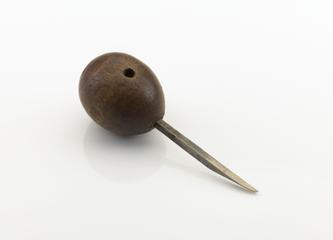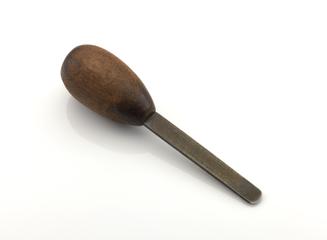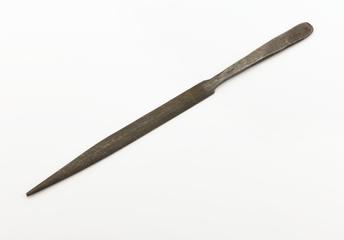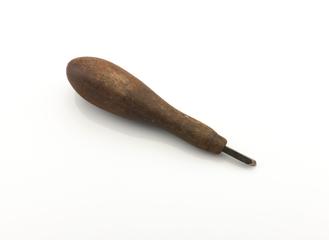
Automation Mechanism for 'Rose-Engine' Lathe









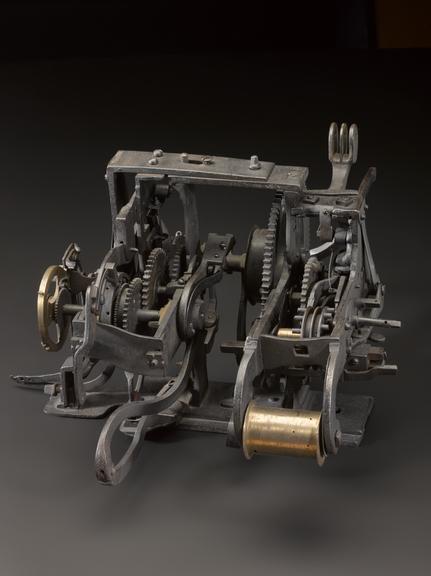
Automaton mechanism, for ornamental turning 'rose-engine' lathe, unsigned, German, c. 1740
The lathe which this automaton clockwork mechanism drove automatically produced a complex geometrical pattern, cut into a small round piece of wood. In so doing it replicated the work of a human turner, who could decorate things such as watchcases or medallions.
The lathe’s astonishing design reflects that it was made for someone wealthy – it is traditionally associated with King Frederick the Great of Prussia, who was also a turner. Possessing this wondrous machine, performing its lifelike task, would have emphasised Frederick’s position as a great statesman.
Details
- Category:
- Hand and Machine Tools
- Object Number:
- 1888-393/4
- Materials:
- brass, gunmetal and wrought iron
- Measurements:
-
overall: 350 mm x 430 mm x 650 mm, 40 kg
- type:
- automation mechanism
- credit:
- Pratt, S.

